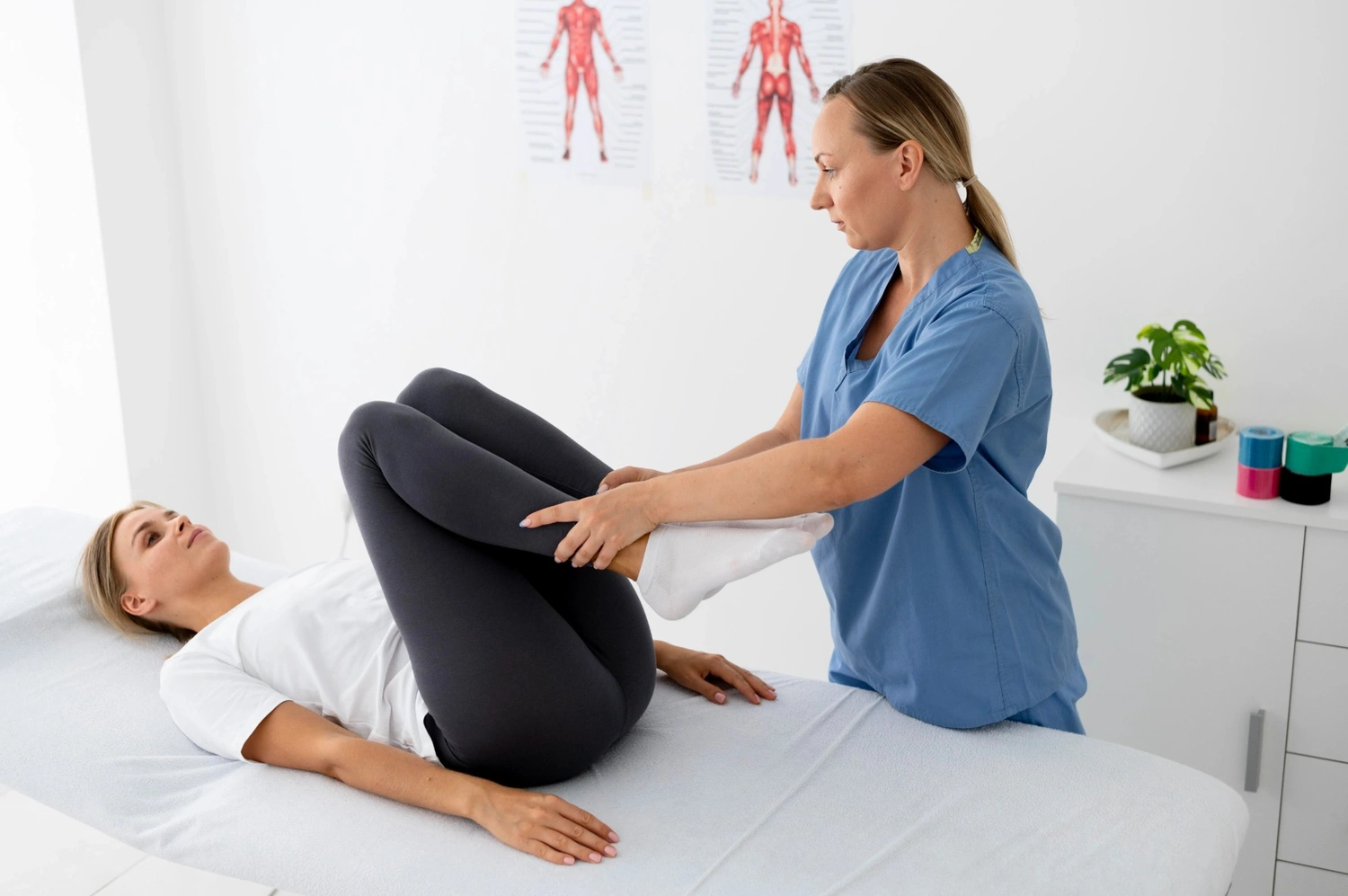Move Freely Managing Spinal Stenosis with Physiotherapy
Spinal stenosis is a condition that affects the spine, resulting in discomfort, mobility limitations, and difficulties with daily activities. This article examines the role of physiotherapy in Calgary in managing spinal stenosis, enhancing mobility, and promoting overall wellbeing.
Understanding Spinal Stenosis
Spinal stenosis occurs when the spaces within the spine narrow, exerting pressure on the nerves. This can lead to discomfort, numbness, and difficulty with movement. It typically affects the lower back (lumbar stenosis) or the neck (cervical stenosis), and common causes include aging, arthritis, or structural abnormalities.
Symptoms of Spinal Stenosis
- Numbness or tingling in the arms, legs, or back
- Weakness in limbs
- Difficulty walking or maintaining balance
- Discomfort that worsens when standing for long periods
- Limited range of motion in the spine
- Increased stiffness in the back or neck
- Radiating discomfort that extends down the legs or arms
Role of Physiotherapy in Calgary for Spinal Stenosis
Physiotherapy in Calgary offers a structured approach to managing spinal stenosis. Through targeted exercises and movement strategies, it helps improve mobility, enhance strength, and reduce discomfort.
Assessment and Diagnosis
Before starting a treatment plan, a physiotherapist conducts a detailed assessment to determine the severity of the condition. This involves:
- Evaluating movement patterns
- Identifying postural imbalances
- Assessing muscle strength and flexibility
- Understanding daily activity challenges
- Reviewing medical history and previous treatments

Treatment Strategies for Spinal Stenosis
1. Exercise Therapy
Exercise is essential for individuals with spinal stenosis. Physiotherapy in Calgary focuses on movement-based strategies that improve spinal function:
- Core Strengthening: Engaging core muscles helps support the spine and reduce stress on affected areas.
- Flexibility Training: Gentle stretching improves mobility and alleviates stiffness.
- Balance Exercises: Addressing balance issues enhances stability and reduces the risk of falls.
- Endurance Activities: Low-impact activities such as walking or swimming help maintain overall function.
- Lower Body Strengthening: Strengthening the legs reduces strain on the spine and promotes better movement.
2. Postural Training
Maintaining proper posture minimizes stress on the spine. Physiotherapists work on:
- Correcting spinal alignment during movement
- Teaching body mechanics for daily activities
- Encouraging ergonomic adjustments at work or home
- Providing posture-correcting exercises to reinforce alignment
3. Manual Therapy
Hands-on techniques help alleviate muscle tightness and improve joint mobility. This may include:
- Soft tissue techniques to release tension
- Mobilization to improve spine movement
- Myofascial release to ease discomfort
- Joint manipulation to enhance mobility when appropriate
4. Modalities for Symptom Management
In some cases, physiotherapists incorporate techniques such as:
- Heat or cold therapy
- Electrical stimulation
- Ultrasound therapy
- Traction therapy to relieve spinal pressure

Lifestyle Modifications to Support Physiotherapy in Calgary
Making simple changes in daily habits can complement physiotherapy in Calgary and contribute to overall wellbeing.
Activity Modifications
- Avoid prolonged standing or sitting
- Use supportive footwear to maintain proper alignment
- Engage in gentle activities like swimming or cycling
- Incorporate structured breaks to prevent stiffness
- Modify high-impact activities to reduce strain on the spine
Ergonomic Adjustments
- Use a lumbar support cushion while sitting
- Adjust workstation height to avoid strain
- Maintain a neutral spine while lifting objects
- Ensure proper mattress support for spinal alignment
- Use assistive devices when needed to reduce pressure on the back
Nutrition and Hydration
A balanced diet supports musculoskeletal health. Staying hydrated helps ensure proper joint lubrication and reduces stiffness. Key nutrients for spinal health include:
- Calcium and Vitamin D for bone strength
- Omega-3 fatty acids for reducing inflammation
- Magnesium to support muscle function
- Protein for tissue repair and recovery
Psychological and Emotional Considerations
Living with spinal stenosis can impact mental wellbeing. Physiotherapy in Calgary incorporates strategies to help individuals stay active and engaged, reducing stress and frustration. Additional support may include:
- Mindfulness and relaxation techniques
- Breathing exercises to manage discomfort
- Mental health support through structured movement programs
When to Seek Physiotherapy in Calgary for Spinal Stenosis
Early intervention is key to managing spinal stenosis effectively. Seeking physiotherapy in Calgary as soon as symptoms appear can help prevent further complications. Consider consulting a physiotherapist if you experience:
- Persistent discomfort in the back or neck
- Difficulty walking due to weakness or numbness
- Reduced flexibility or mobility restrictions
- Challenges in performing daily activities
- Worsening discomfort despite lifestyle modifications
- Increased reliance on pain management techniques without improvement
Taking Control of Spinal Stenosis
Spinal stenosis can significantly impact mobility and quality of life; however, physiotherapy in Calgary offers practical strategies to manage symptoms. Through structured exercises, manual therapy, and lifestyle adjustments, individuals can experience improved movement and enhanced function. Seeking professional support ensures a practical approach to addressing spinal stenosis, promoting an active and engaged lifestyle.

